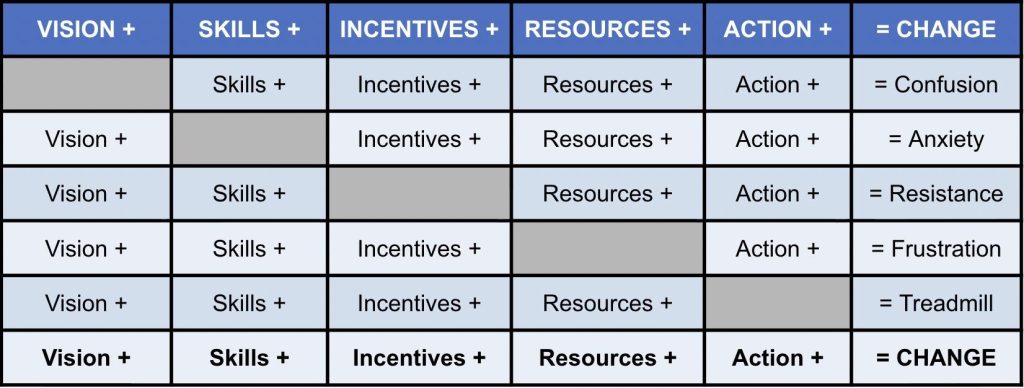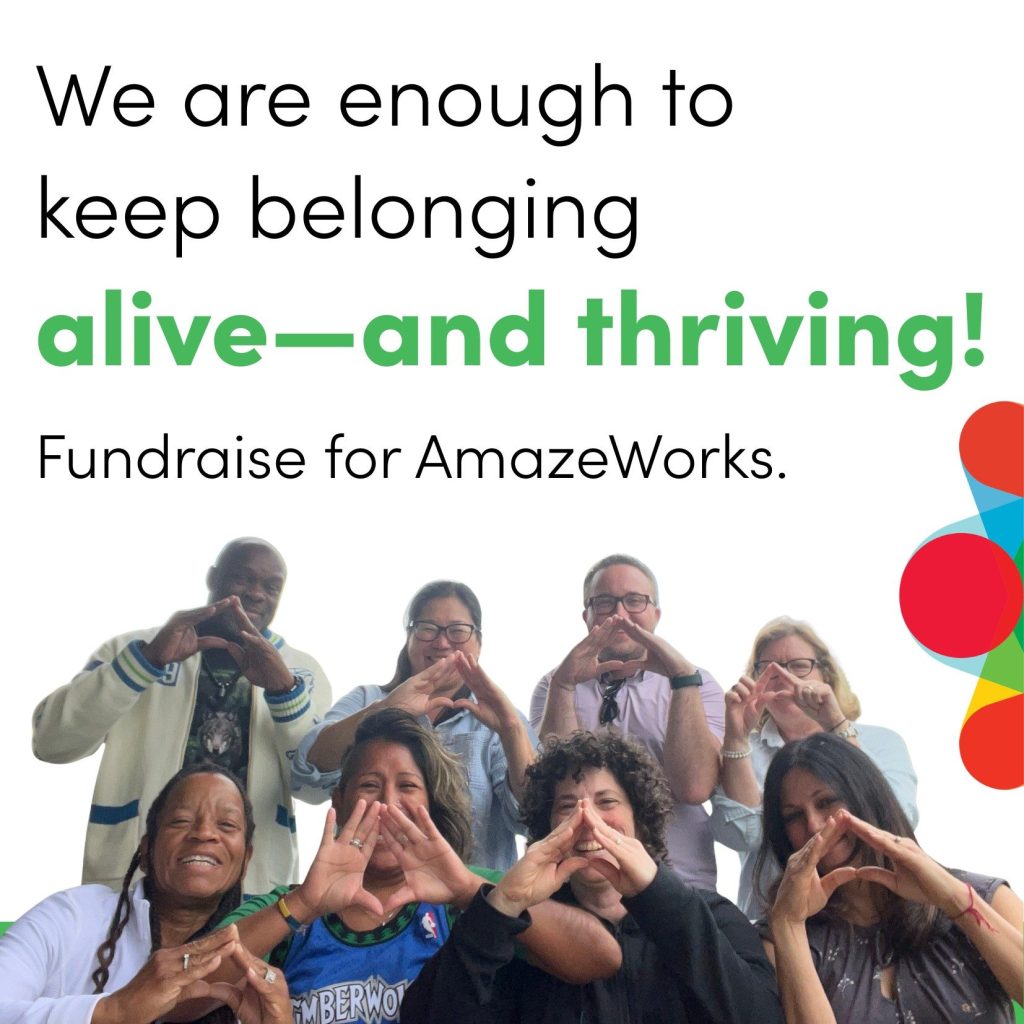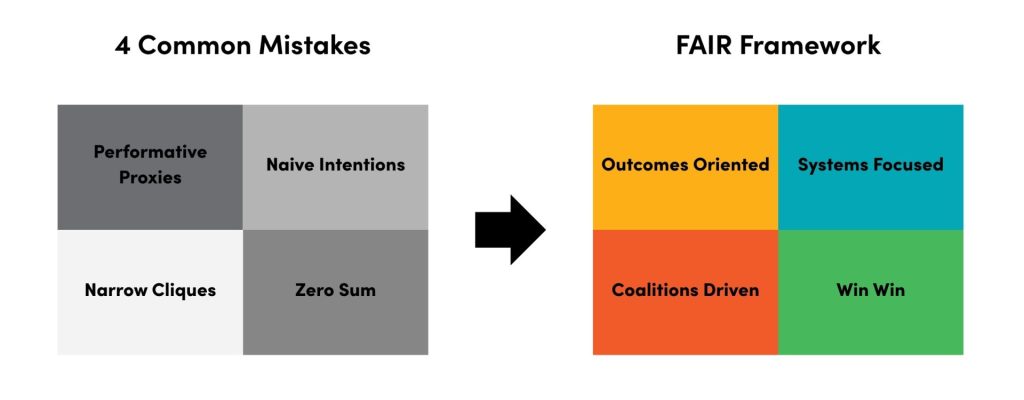“Be ruthless to systems, be kind with people.”
~ Michael Brooks
In our work to champion belonging for all, we often talk about culture transformation. We can’t make slight tweaks and expect meaningful results. We have to be willing to invest, restructure, and innovate.
In our third Bringing Belonging to Work webinar, we broke down how one person can play a major role in sparking change. Culture Transformation & You challenges the nagging voice in our ear saying we can’t make a difference. As one person, you can light the match that starts the fire.
Read this edition of the The Belonging Brief to find:
Breaking Down Power
In the workplace, there are many power dynamics constantly at play. Built-in hierarchies reinforced by position titles, tenure, and salaries likely shape our relationships to power. These indicators of rank may also impact perceptions of who has agency to create change.
We don’t have equal access to power, and but we may have more opportunities to channel power than we realize. The following definitions help us distill power from an intangible idea to something real we can all utilize. Consider: What kinds of power can I access? How can I leverage power ethically to create positive culture change?

These five elements can ensure meaningful change really happens: vision, skills, incentives, resources, and action. When one element is missing, it can lead to the experiences listed in the rightmost column, preventing the change we want from coming to fruition.
For example, without a vision to guide our understanding of the change we hope to accomplish, our work is aimless, ineffective, and discouraging. It’s high energy but low reward. That kind of confusion leads to burnout fast. If you can’t articulate the vision, it’s time to go back to square one.
Not sure where to start? Try working backwards. Look at the =CHANGE column on the right. What word most resonates with the feelings at your workplace? Then, look to see which block is grayed out on that row to consider what might be most worth your org’s energy to invest in.
Your personal experience at work matters. It’s likely indicative of the overall org culture.
AmazeWorks uses a Conditions for Belonging framework to guide our culture transformation: Identity Affirmation, Equity, Respect, Relationships, Responsiveness, and Agency.
We offer Conditions for Belonging Professional Development modules, designed to shift culture transformation from being facilitated by an outsider or consultant to being owned internally. We start you off, but then that culture transformation becomes all you.
MSS was the first AmazeWorks partner to implement the Conditions for Belonging PD modules. MSS Program Director, Jenna Childs, says using the Conditions for Belonging has improved their org’s ability to manage complex change.

“We’re really doubling down on our commitment to putting the Conditions for Belonging into all aspects of our operations. I see this being something that impacts not only the people who are within our MSS centers, but our staff and the people we support are also carrying on these values into the wider world and creating a more inclusive community outside of MSS.”

Speaking of Culture Transformation & You, you have the power to make a major difference in school and org cultures across Minnesota and the US duringGive to the Max season!
This year, the AmazeWorks rallying cry has been we are enough to keep belonging alive and thriving. Grassroots giving campaigns like Give to the Max beautifully embody this message. As one person, you have the power to make a meaningful difference alongside tens of thousands of others. Seriously!
We see this year after year, with 10,000+ individuals coming together to raise over $37 million for Minnesota nonprofits in 2024. 🌟
Give to the Max Day is November 20, but you don’t have to wait to make an impact on belonging.Click here to give to AmazeWorks today, helping us raise $15,000 for belonging to thrive.

Lily Zheng’s FAIR framework for transforming corporate philanthropy can be applied to any organization’s goals. We must pivot from these 4 common mistakes create a meaningful impact. Click here for their explanation of the framework.
4 Common Mistakes definitions
FAIR Framework definitions